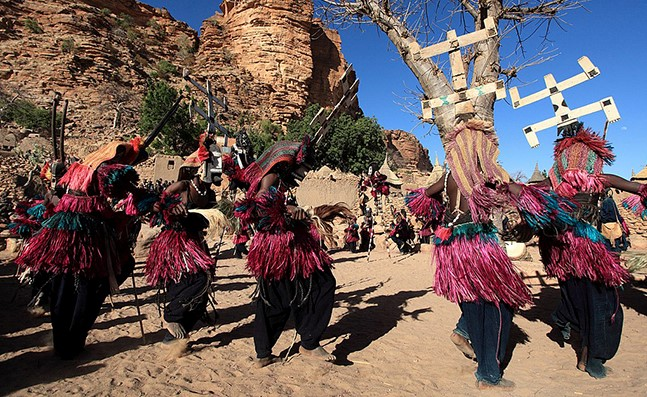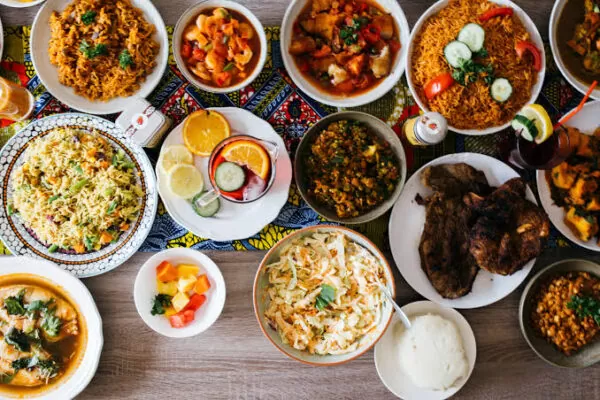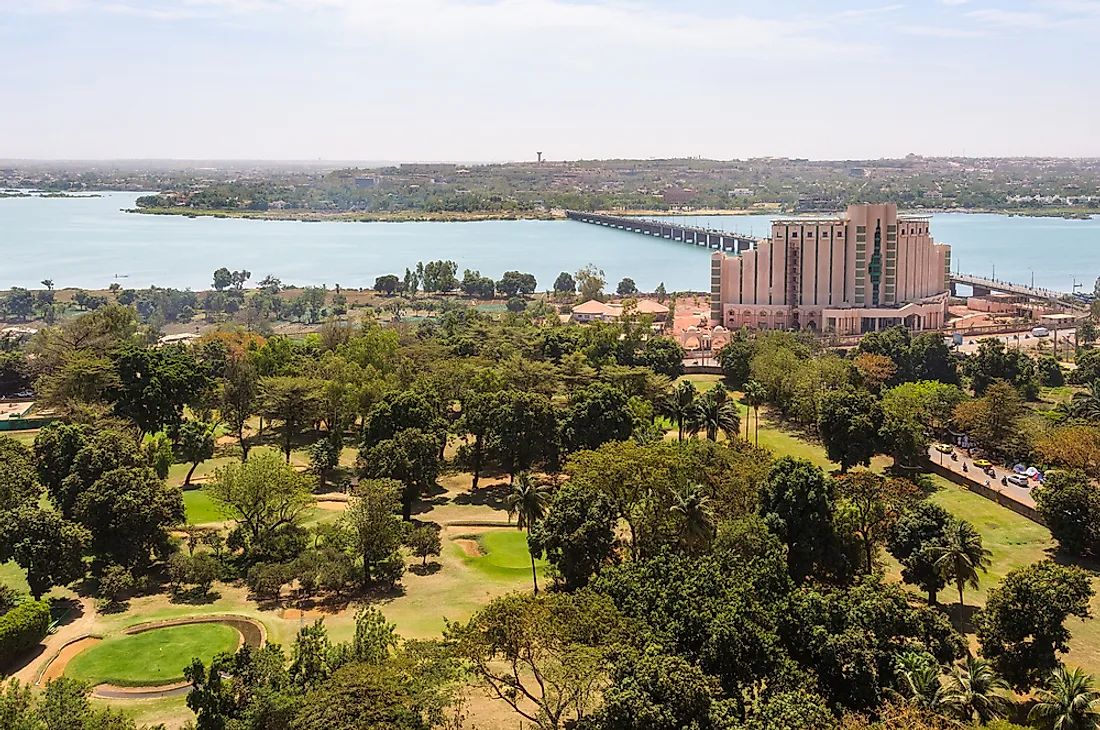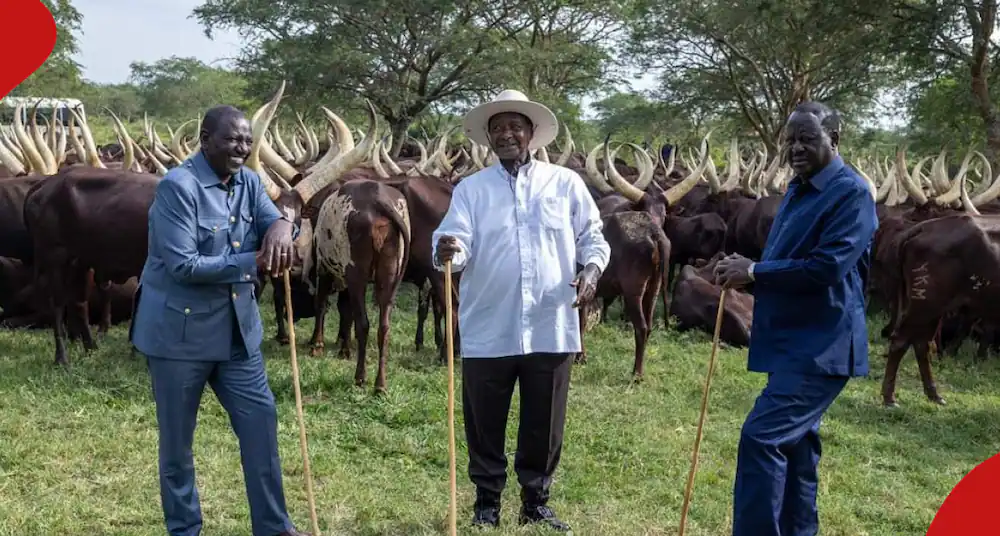Mali is located in the heart of West Africa, offering rich history, culture, and natural beauty. From the bustling, vibrant streets of its capital, Bamako, to the mysterious and ancient city of Timbuktu, Mali offers a journey of discovery at every turn. Its diverse landscapes, ranging from the Saharan dunes in the north to the fertile river valleys in the south, mirror the country’s cultural diversity, blending numerous ethnic groups with unique traditions and languages. Let’s break down the various facets that form the essence of this intriguing nation.
Geography and Climate
Mali, predominantly a landlocked country, stretches across diverse terrains, encompassing parts of the Sahara Desert, the Sahel region, and the fertile banks of the Niger River. Harsh, arid desert landscapes characterize the country’s northern reaches, while the south is home to savannas and more abundant vegetation due to higher rainfall.
The climate of Mali is predominantly hot and dry with a subtropical orientation. It starkly contrasts the severe desert conditions in the north, where temperatures can exceed 40°C (104°F), and the milder, semi-arid conditions in the south, which receives more rainfall, particularly during the June to October rainy season. These climatic conditions play a significant role in shaping the country’s ecology and influencing its agricultural practices. Read Also: Kisumu, Kenya to host Festival of Arts and Culture (FESTAC) 2024

History
Mali’s history is rich and layered, dating back to the Upper Paleolithic era, with the discovery of ancient tools and rock paintings in the western part of the country. However, this West African nation’s most prominent historical periods are from the 11th to the 16th centuries, marked by the rise and fall of three significant empires – the Ghana Empire, the Mali Empire, and the Songhai Empire.
The Ghana Empire, also known as Wagadou, was centered around the region of Koumbi Saleh and was a thriving hub of trade and gold mining. It reached its pinnacle in the 11th century before declining due to internal strife and external threats. Following the decline of the Ghana Empire, the Mali Empire rose to prominence under the leadership of Sundiata Keita, who is celebrated in oral traditions as the empire’s founder. This period was known for its significant contributions to culture, knowledge, and trade, with Timbuktu becoming a famed center of Islamic learning.
Beyond the Empires
The last of the great empires, the Songhai Empire, emerged in the 14th century and reached its zenith in the late 15th and early 16th centuries under the reign of Sonni Ali and Askia the Great. During this period, Timbuktu and Djenné flourished as important trade centers, educational centers, and cultural centers. The empire eventually fell due to internal conflicts and external invasions, later followed by colonization by France in the 19th century.
This Colonial period witnessed significant changes in Mali’s political, social, and cultural landscape, with French influence permeating various aspects of life. Mali gained its independence in 1960, initially becoming part of the Mali Federation along with Senegal, which dissolved shortly after. Despite periodic political unrest and economic challenges today, Mali perseveres, maintaining its rich cultural heritage and symbolizing resilience and endurance.

Culture and Traditions
Mali’s culture and traditions are deeply rooted in its rich history, marked by the influence of various ethnic groups, including the Bambara, Tuareg, and Dogon, that have shaped the nation’s identity. The country is characterized by a vibrant blend of music, dance, art, and oral traditions integral to societal life.
Music plays a pivotal role in Malian culture, with traditional genres such as Griot, Wassoulou, and the globally recognized ‘Desert Blues’ forming the cultural backbone of the nation. Instruments like the kora, a 21-string harp-lute, and the balafon, a kind of wooden xylophone, are central to Malian music and have gained international recognition due to artists like Toumani Diabaté and Amadou & Mariam.
Dance is a significant cultural expression, often intertwined with musical performances, religious ceremonies, and social gatherings. The traditional dances of Mali are diverse, each reflective of the ethnic group they originate from. One of the most notable dances is the “Sogoninkun,” a masked dance performed by the Bambara people during agricultural festivals.
Malian art, especially its textile and pottery traditions, is renowned worldwide. ‘Bogolanfini,’ or mud cloth, is a unique form of textile art in which cotton cloth is painted with fermented mud to create intricate patterns and designs. This art form often reflects the artist’s social status, personal experiences, or historical events.
Oral traditions form the cornerstone of Mali’s cultural heritage. Griots, or traditional storytellers, play a crucial role in preserving the country’s history, values, and societal norms, passing these on from generation to generation through stories, songs, and proverbs.
Festivals and rituals also hold a special place in Malian culture, with significant events such as the ‘Festival au Désert’ and ‘Festival on the Niger,’ showcasing the country’s music, dance, and art and fostering cultural exchange.

Food and Cuisine
Malian cuisine heavily relies on cereal grains, with rice, millet, and sorghum serving as the cornerstone of the diet. These grains are often complemented by flavorful sauces derived from edible leaves, such as spinach, sweet potato, and baobab. A common accompaniment is tomato peanut sauce, adding a rich, savory depth to the meals.
Several popular dishes grace Mali’s dining tables, including fufu, Jollof rice, and maafe. Maafe, a hearty stew made with peanut butter sauce, is frequently paired with grilled meat, which can be chicken, mutton, beef, or goat. The cuisine varies by region, lending diverse flavors and techniques to the nation’s culinary repertoire.
Two traditional Malian dishes that stand out are Tiguadege Na, a dish featuring lamb or chicken, and a Malian Peanut Sauce. Both dishes showcase the intricate blend of flavors and textures that characterize Malian cooking.
Tea holds a special place in Malian cuisine. Unlike the milder teas of other cultures, Malian tea is served sweet and potent in three distinct stages, each possessing its unique flavor and symbolic meaning.
The foodways of each ethnic group are deeply tied to their traditions and history, adding another layer of complexity to Mali’s culinary scene. As the majority of the population is Muslim, fruit juices are often preferred over alcoholic beverages.

Tourism
Tourism in Mali is not well developed due to infrastructure issues, and the ongoing conflict and threats from terrorism have caused tourism to dwindle. Despite challenges, Mali’s tourism treasures beckon the intrepid traveler. The UNESCO World Heritage Sites of Timbuktu, Djenné, and the Bandiagara Escarpment testify to Mali’s rich history and architectural brilliance. Timbuktu, once a vibrant center of trade and learning, houses ancient mosques and libraries that glimpse Mali’s illustrious past. Djenné, renowned for its distinctive adobe architecture, is home to the Great Mosque, the world’s largest mud-brick structure.
The Bandiagara Escarpment, a sandstone cliff that stretches for about 150 kilometers, is the homeland of the Dogon people, known for their unique culture, villages perched on cliffs, and cosmological beliefs. This site offers an adventurous trek, with opportunities to witness Dogon dance ceremonies and explore the ancient Tellem cave dwellings.
In addition to these historical sites, the natural beauty of Mali is also a significant draw for tourists. The inland Niger Delta, a maze of waterways, hosts an array of bird species, making it a haven for bird watchers. The Boucle du Baoulé National Park offers an opportunity to explore the West African savannah and encounter wildlife such as elephants, baboons, and hyenas.
Tourists seeking a vibrant cultural experience can visit during one of the many festivals, such as the ‘Festival au Désert’ near Timbuktu or the ‘Festival on the Niger’ in Ségou, which showcase Malian music, art, and dance, along with facilitating cultural exchange.

Economy
Mali’s economy is predominantly centered around agriculture, with approximately 80% of its population engaged in farming. The country’s principal agricultural products include cotton, cereals such as millet, sorghum, rice, and livestock. Mali is one of the largest cotton producers in Africa, and cotton exports play a vital role in its economy.
In addition to agriculture, mining is another significant sector contributing to Mali’s economy. The country boasts substantial gold reserves and is the third-largest gold producer in Africa.
Despite these resources, Mali remains one of the world’s poorest countries, grappling with challenges such as inadequate infrastructure, a shortage of skilled labor, and political instability. The country’s landlocked position also poses logistical challenges to global trade.
However, recent years have seen efforts to diversify the economy with the promotion of sectors like telecommunications and manufacturing. International aid and investment also play a crucial role in Mali’s economic development, with significant contributions towards health, education, and infrastructure projects.



